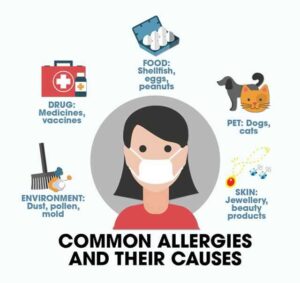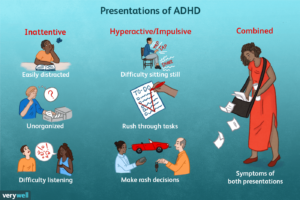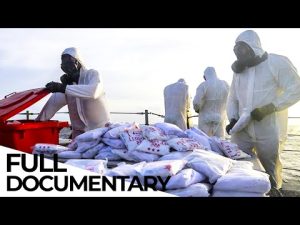The Difference Between a COVID-19 Mask Recommendation and a Mask Mandate

The Difference Between a COVID-19 Mask Recommendation and a Mask Mandate.
Experts note that local mask mandates are easier to enforce than state or federal requirements. Phynart Studio/Getty Images
- Federal officials have issued new mask wearing recommendation guidelines for the COVID-19 pandemic, while leaders in some cities and states have implemented mask mandates.
- The main difference between a mask mandate and a recommendation is that mandates come with enforcement and punishments.
- Experts say mask mandates can work on a local level, but they are more difficult to enforce on a state or national level.
Vaccinations, many thought, were supposed to help end the COVID-19 pandemic and bring a return to a version of pre-pandemic normalcy.
However, with the highly transmissible Delta variant surging across the United States leading to high levels of new cases and hospitalizations in some states, both mask recommendations and mask mandates are making a comeback.
The Centers for Disease Control and Prevention (CDC) last week updated its guidanceTrusted Source on mask wearing, recommending that even fully vaccinated individuals wear masks indoors in areas of substantial community spread.
The agency also suggested that fully vaccinated people might choose to wear a mask regardless of community spread for added safety — especially if they are immunocompromised or at other elevated risks of disease.
This information is based on “preliminary evidence… that fully vaccinated people… with the Delta variant can spread the virus to others,” the agency says.
Recommendations vs. mandates
The CDC guidance is not an enforceable mandate.
Enforcement is the key difference between a mandate and a recommendation.
Guidance like the CDC’s is simply a recommendation that officials hope people will take to heart and abide by.
A mandate has the force of government behind it and often comes with fines and penalties attached for businesses that don’t comply with mask orders.
Other places are also fining individuals caught not wearing a mask. Federally, the Transportation and Security Administration is empowered to fine travelers $250 for refusing to wear a mask at the airport.
However, enforcement of these mandates varies greatly state by state and city by city.
For instance, some cities have tasked police with fining anti-maskers while others have not.
When Louisiana was under its first statewide mask mandate, some criticized the city of Lafayette — a COVID-19 hotspot — for largely ignoring the governor’s order.
The practicality of mandates
However, even if the federal government tried to enforce a mask mandate, it might be impractical to do so, says Faisal Khan, a senior legal counsel at Nixon Gwilt Law, a firm based in Virginia that specializes in healthcare and life sciences.
“The federal government doesn’t want to impose on state and local rights and public health conditions, in addition to the fact that the federal government doesn’t have a national police force to enforce the mandate,” Khan told Healthline. “Also, there is no way of effectively communicating the local status of the severity [of the pandemic], nor does the government have national tracking or a coherent system of communicating in real-time with the states and local governments.”
“A recommendation is strong advice that you should wear a mask in order to protect yourself and the safety of others,” said Dr. Fahmi Farah, a surgeon at the Bentley Heart Medical Center in Fort Worth, Texas, and co-founder of the Global Health Alliance. “In my medical opinion, masks should be worn day to day in this phase of the pandemic and in light of the new variants by both the vaccinated and unvaccinated.”
That leaves mask mandates — the ones that are actually enforced and enforceable — up to state and city governments.
However, mask wearing has become a partisan political issue, so despite overwhelming evidence of their efficacy in preventing viral transmission, some state leaders have moved to ban counties and cities from enforcing mandates at a municipal level.
“An effective mask policy would be tailored county by county or ZIP code by ZIP code based on vaccination coverage, population density, and other demographics,” said John Cordier, MHA, chief executive officer of Epistemix, an epidemiological modeling and analytics platform. “Depending on the adult vaccination coverage, students in K-12 schools would need to wear masks and schools would need to continue to make adaptations to the physical environment.”
Regardless, “if the vaccination coverage is not greater than 70 percent, people should still be wearing masks in public spaces including grocery stores and shopping centers,” Cordier told Healthline. “With increased levels of vaccination coverage, the policy to wear a mask can be lifted.”








